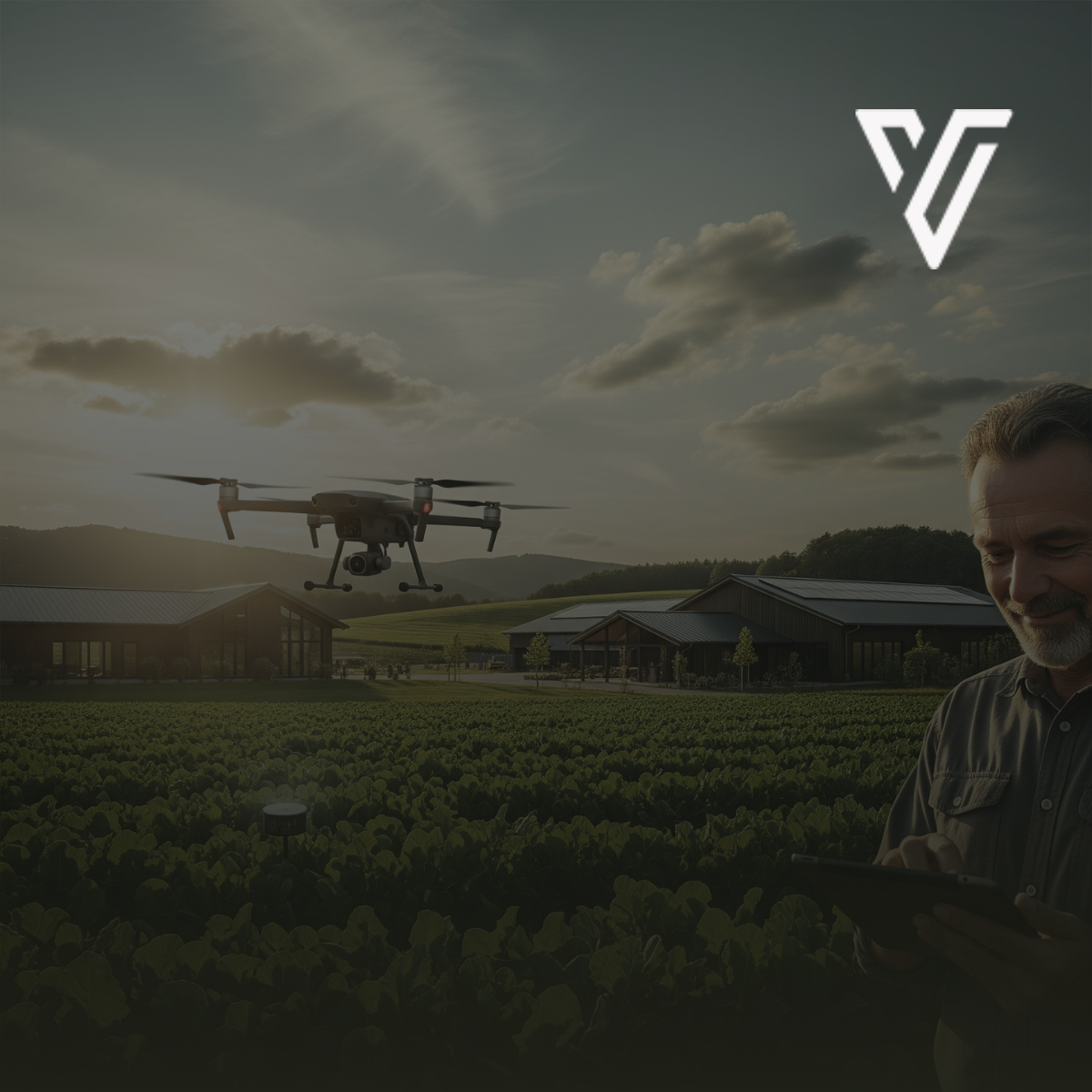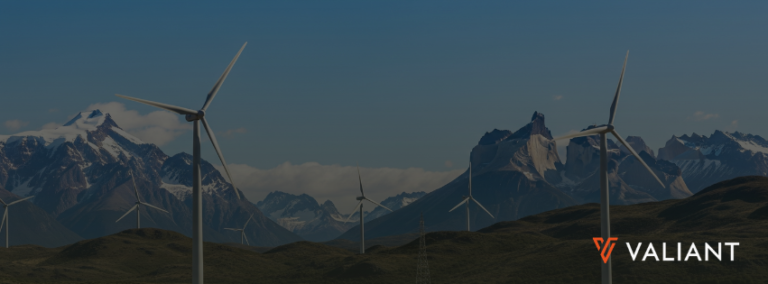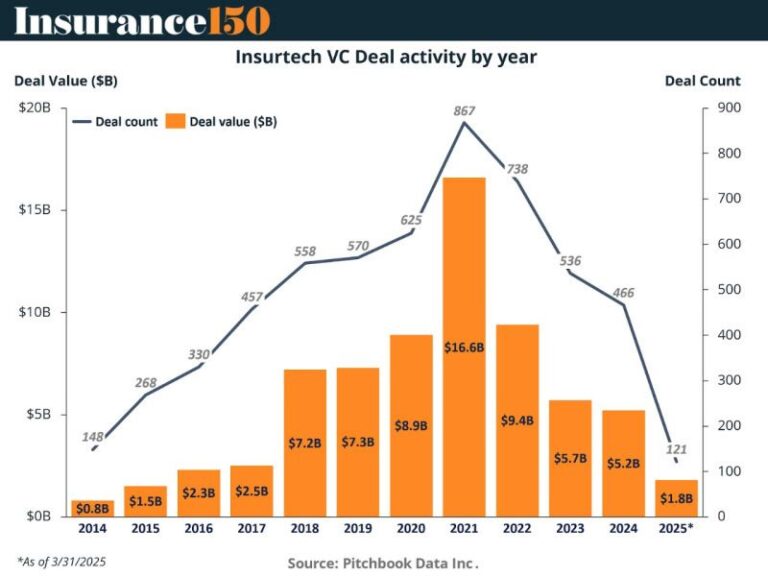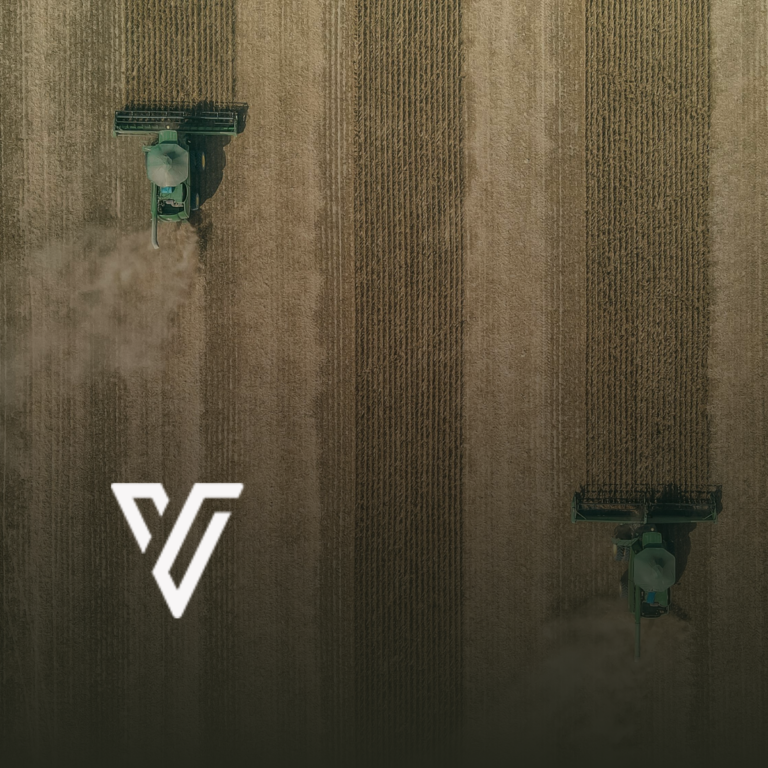Today, agriculture faces a central challenge: how to produce more, sustainably. This is happening in an increasingly demanding context. It is in this context that technology—led by IoT—begins to play a key role.
The transformative role of technology in the field
Precision agriculture is a complete shift in how we decide, plan and manage resources. Real-time monitoring of moisture, nutrients, soil condition and weather, through smart sensors, gives us greater visibility. It also allows us to adjust irrigation and fertilisation, and to anticipate issues before they become losses.
There are already examples of these technologies in agriculture. One is Blue River Technology in the United States, which applies computer vision and IoT in its equipment to identify weeds and apply herbicides only where needed. This reduces input consumption, lowers environmental impact and makes operations far more efficient.
The challenges of technological adoption
However, moving forward with technology also raises questions. Data security and privacy must be considered, as well as the sustainability implications of technology itself and the risk of leaving behind those unable to adapt in time. The challenge lies in thinking about applied technologies with a long-term focus.
The question is whether, as an industry, we are ready for this leap—because the future of agriculture depends on integrating technology, yes, but above all on ensuring it adds value and is sustainable for the sector.
I am sharing an article that brings together a number of interesting IoT use cases in agriculture.




